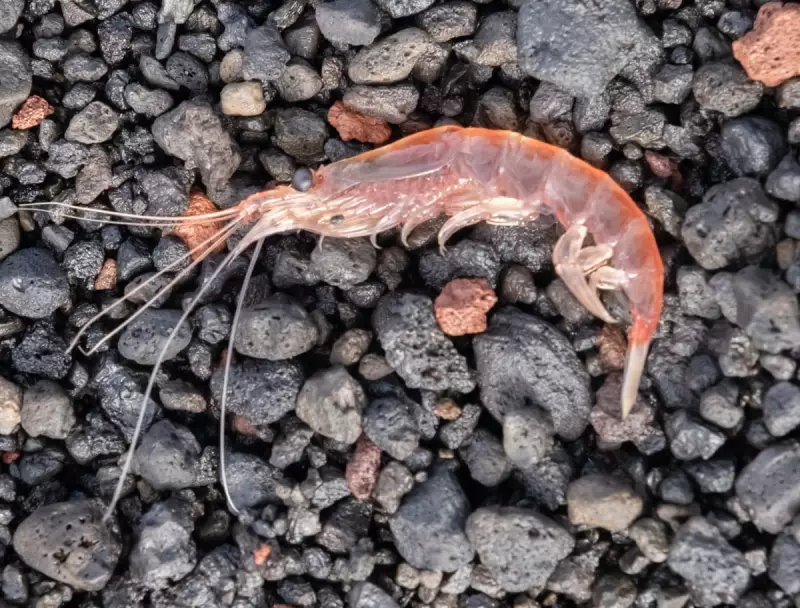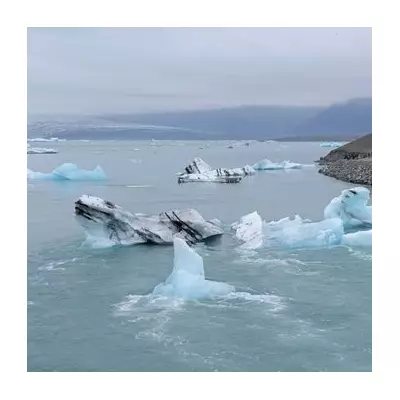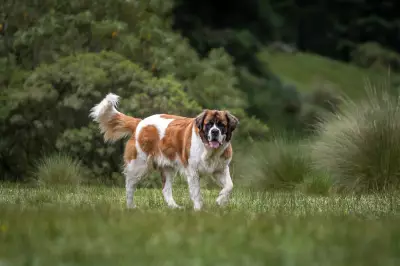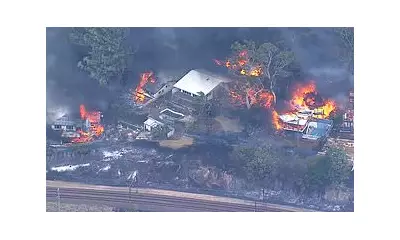
Deep in the frigid waters of the Southern Ocean, a tiny creature no bigger than your thumb holds the key to one of Earth's most vital ecosystems. Antarctic krill, often dismissed as mere whale food, are emerging as unexpected climate warriors and ecosystem engineers.
The Mighty Krill: More Than Just Fish Food
These translucent crustaceans form the foundation of the Antarctic food web, sustaining everything from penguins and seals to the largest animals on Earth - whales. But their importance extends far beyond being nature's buffet.
Recent research reveals that krill are crucial carbon capturers, helping to remove significant amounts of carbon dioxide from our atmosphere through their daily vertical migrations and waste processes.
Why Krill Conservation Matters Now
Climate change poses an existential threat to krill populations, with warming waters and melting sea ice disrupting their delicate habitat. Meanwhile, growing commercial fishing interest for krill oil supplements and aquaculture feed adds additional pressure.
The situation is urgent:
- Krill populations have declined by up to 80% in certain regions
- Sea ice loss directly impacts their breeding and feeding grounds
- Commercial fishing operations are expanding rapidly
- The entire Antarctic ecosystem hangs in the balance
A Global Conservation Opportunity
International bodies are now considering enhanced protection measures for the Southern Ocean. Establishing marine protected areas and implementing sustainable fishing quotas could safeguard krill populations while allowing scientific research to continue.
As one marine biologist noted, 'Protecting krill isn't just about saving one species - it's about preserving the entire Antarctic ecosystem and maintaining one of our planet's natural climate solutions.'
The fate of these small but mighty creatures will ultimately reflect our commitment to protecting our planet's most vulnerable ecosystems for generations to come.





